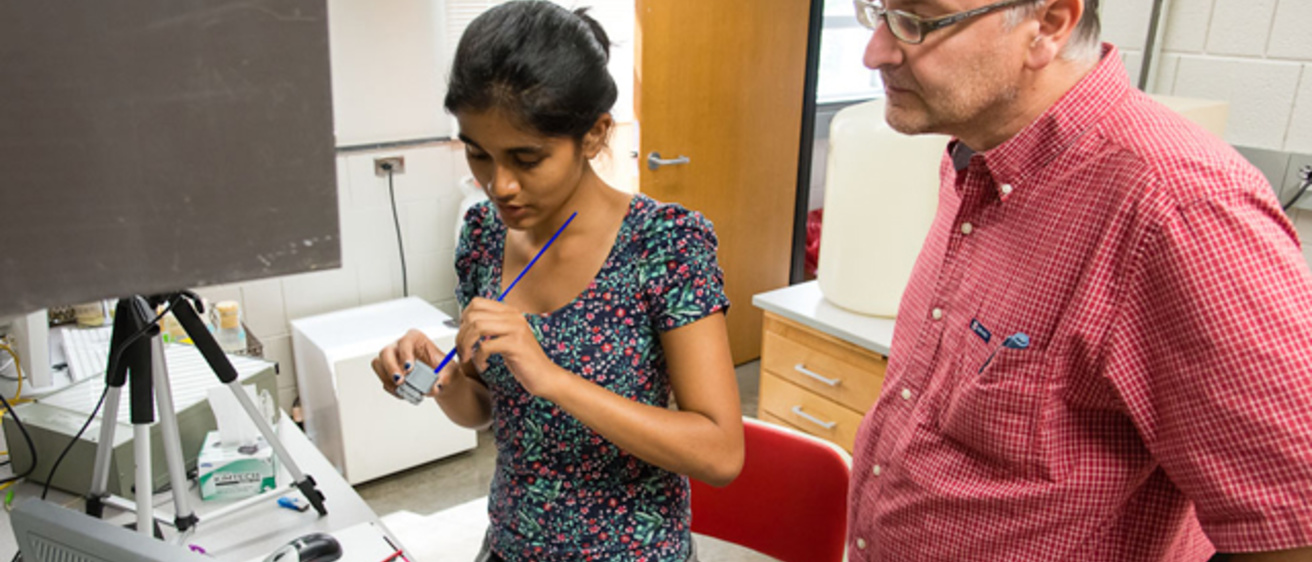Aradhana Parikh has made scientific discoveries this summer that could someday improve the lives of people suffering from epilepsy.
Parikh is a high school junior from Ahmedabad, the largest city in India’s westernmost state. She spent six weeks in Iowa City this summer doing innovative research in a biology lab as part of the University of Iowa College of Education’s Connie Belin and Jacqueline N. Blank International Center for Gifted Education and Talent Development’s Secondary Student Training Program (SSTP).
SSTP is a residential summer research program that places gifted high school students from across the country and around the globe in UI laboratories with faculty mentors as guides. Students conduct hands-on research and present a project or paper at the end of their stay.
Susan Assouline, a professor in the College of Education and the associate director of the Belin-Blank Center, says SSTP, which has been an integral part of UI programming for at least 30 years, allows talented students to be actively engaged in the research process and exposed to the life of researchers and academics. This year, the program drew 36 students from the United States, Turkey, Hong Kong, Italy, and India.
“We set it up for them to thrive, and the final product is proof of the approach’s effectiveness,” Assouline says.
John Manak, an assistant professor of biology and pediatrics who studies human disease, served as Parikh’s host and mentor during her six weeks on campus. He says his goal with the program was to showcase the life of a scientist.
“A lot of kids don’t really get a feel for what it’s like to be a researcher doing front-line research,” he says. “It’s the most gratifying career in the world, full of rich rewards.”
Parikh is following up on a study Manak recently co-authored that showed the same gene, when mutated, caused epilepsy in humans, mice, and fruit flies. Her task was to study epilepsy behavior in fruit flies, particularly in the early phases of fly development.
She discovered that the fly mutations predispose fruit fly larvae to be more sensitive to stressors such as heat. She also found that fruit fly larvae with one type of mutation are hyper excitable, a characteristic of epilepsy.
Parikh’s work and discoveries will make her a named author on a publication down the road and will inform research on new drugs to treat epilepsy with fewer side effects.
“That’s the level of science that’s going on here,” Manak says. “Her project in many ways is as high profile as many of the projects our graduate students do.”
Parikh says she’s enjoyed being able to discuss ideas with Manak and carry them out in the lab.
“It’s been fantastic,” she says. “I actually get to use my brain.”
Parikh says the most rewarding aspect of her SSTP experience is that the work she was doing has real-world implications.
“One of the great things about my work is that it’s so applicable to humans,” she says. “It’s gratifying to know that what you’re doing may have the potential to help people with epilepsy down the line.”
